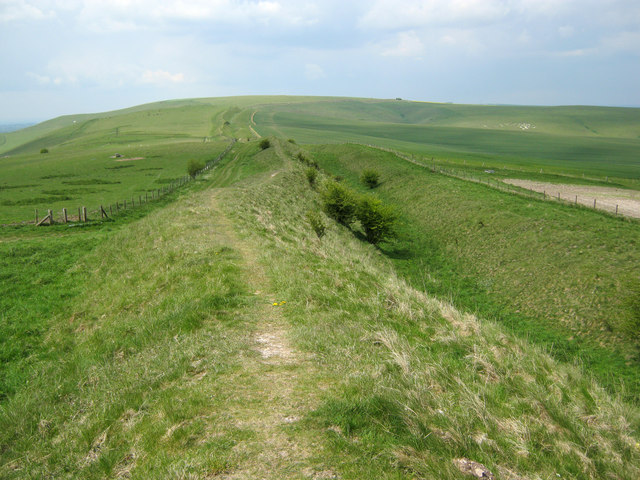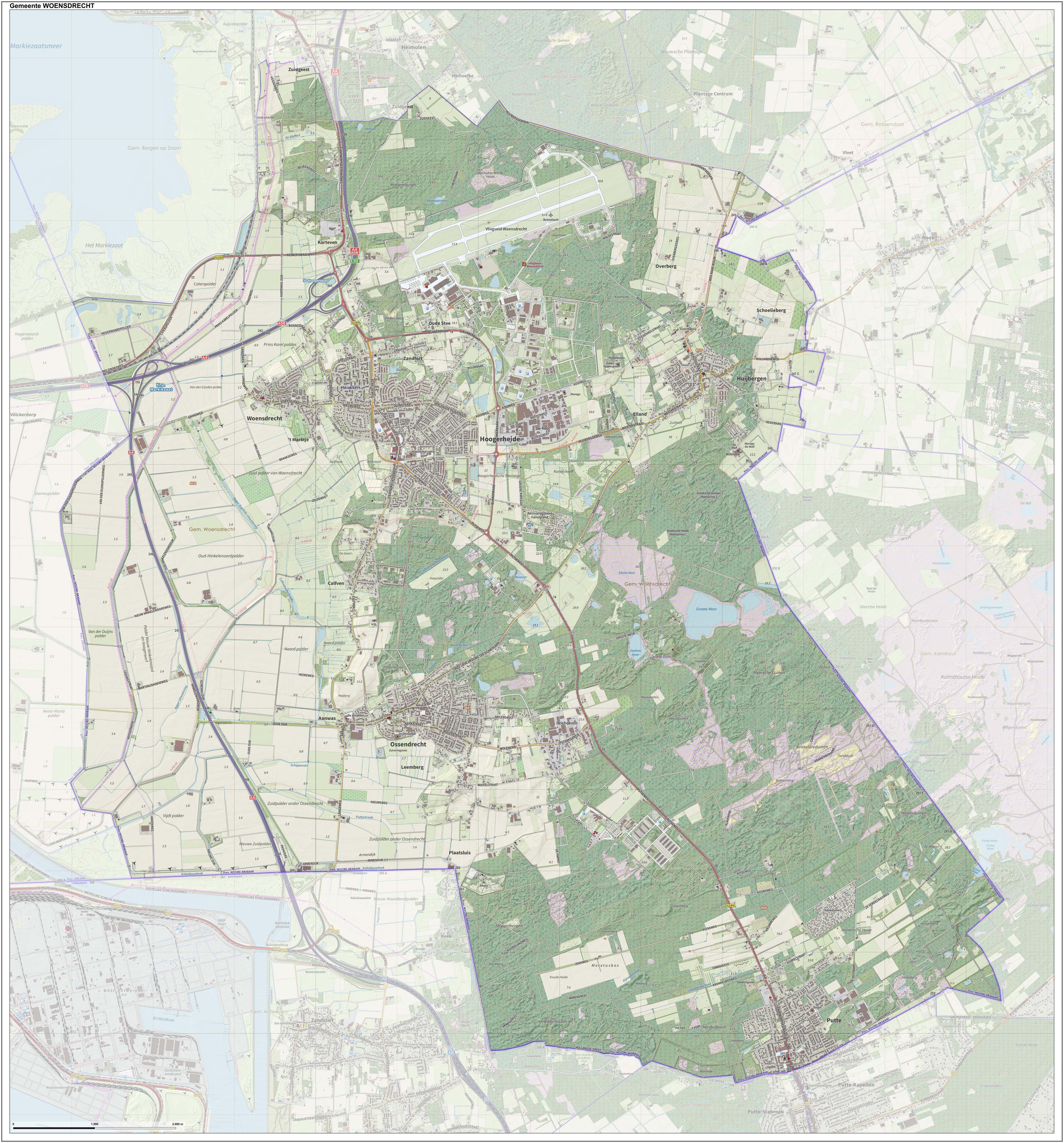|
List Of Places Named After Odin
Many toponyms ("place names") contain the name of Odin (Norse Óðinn, Old English Wōden, proto-Germanic Wōdanaz). Scandinavia, Nordic and Baltic countries Denmark *OdenseChristiansen, Eric.'The Norsemen in the Viking Age'. Wiley-Blackwell, 2002. , .Length: 378 pages. Page 264 *Onsberg – formally Othensberg, "Odin's Berg".Grimm, Jacob. Stallybrass, John Steven. 'Teutonic mythology, Volume 1'. Courier Dover Publications, 2004. , . Length: 448 pages. Pages 151–158 *Onsbjerg *Onsholt – "Odin's Holt", located in Viby, Jutland. A marked hill now covered in corn fields that was, up until about the 18th century, covered in wetlands on all sides. It was covered by a wood (a "holt") during the Viking Age. Viby may mean "the settlement by the sacred site" and contains traces of sacrifices going back 2,500 years.Damm, Annette. Editor. (2005) ''Viking Aros'', pages 42–45. Moesgård Museum *Onsild *Onsved *OthinshilleBrown, Arthur. Foote, Peter Godfrey. Smith, Albert Hugh. 'Early En ... [...More Info...] [...Related Items...] OR: [Wikipedia] [Google] [Baidu] |
Audinghen
Audinghen (; Dutch: ''Oudinghen'') is a commune in the Pas-de-Calais department in the Hauts-de-France region of France. Geography A farming commune, comprising several hamlets, some north of Boulogne-sur-Mer, at the junction of the D940 and the D191 roads. Cap Gris-Nez, the nearest part of France to the English coast, forms the western boundary of the commune. History The town was originally named ''Odingehem'', 'home of Odin', by the Vikings who built a temple here dedicated to the Germanic god Odin. Audinghen has been rebuilt several times after being completely destroyed, including: * In 1643 or 1644, according to the interpretations, by a party of soldiers of the King of England, who burned the village population inside the church; * Three centuries later, in November 1943, by the British, who bombed and totally destroyed the village (then occupied by the German army) and a centre for Organisation Todt. Population Sights * The church of St. Pierre, dating from the twentie ... [...More Info...] [...Related Items...] OR: [Wikipedia] [Google] [Baidu] |
Wansdyke (earthwork)
Wansdyke (from ''Woden's Dyke'') is a series of early medieval defensive linear earthworks in the West Country of England, consisting of a ditch and a running embankment from the ditch spoil, with the ditching facing north. There are two main parts: an eastern dyke which runs between Savernake Forest, West Woods and Morgan's Hill in Wiltshire, and a western dyke which runs from Monkton Combe to the ancient hill fort of Maes Knoll in historic Somerset. Between these two dykes there is a middle section formed by the remains of the London to Bath Roman road. There is also some evidence in charters that it extended west from Maes Knoll to the coast of the Severn Estuary but this is uncertain. It may possibly define a post-Roman boundary. Usage Wansdyke consists of two sections, long with some gaps in between. East Wansdyke is an impressive linear earthwork, consisting of a ditch and bank running approximately east–west, between Savernake Forest and Morgan's Hill. West Wansd ... [...More Info...] [...Related Items...] OR: [Wikipedia] [Google] [Baidu] |
Wanborough, Surrey
Wanborough () is a rural village and civil parish in Surrey approximately 4 miles (6 km) west of Guildford on the northern slopes of the Hog's Back. Wanborough lies between Puttenham and Normandy. Wanborough village grew around and to service Wanborough Manor which is on the site of ancient springs. History Prehistory According to a local publication ''Wanborough and its Church'', humans in prehistory travelled along the Hog's Back, attracted by the spring in the locality. The earliest settlement dates to 8000 BC. The "Wanborough Coins" are part of a votive offering deposited at a Romano-Celtic temple (i.e., late 1st century BC to 4th century AD); this site was looted between 1983 and 1985, but over one thousand silver coins, a small part of the original assemblage, were eventually added to the collection of the British Museum. The British Museum calls the destruction of the Romano-Celtic temple at Wanborough in Surrey 'one of the saddest stories in British archaeology ... [...More Info...] [...Related Items...] OR: [Wikipedia] [Google] [Baidu] |
Wanborough, Wiltshire
Wanborough is a large village and civil parish in the borough of Swindon, Wiltshire, England. The village is about southeast of Swindon town centre. The settlement along the High Street is Lower Wanborough, while Upper Wanborough is on higher ground to the southwest. The parish includes the hamlets of Horpit (a short distance north of Wanborough) and Foxhill, to the southeast. History There was a Roman settlement, Durocornovium, slightly northwest of the current village, at a road junction mentioned in the Antonine Itinerary. Being the last ''vicus'' on Ermin Way or Ermin Street before the scarp slope of the Marlborough Downs, Durocornovium was a site where horses were watered before the steep climb off the Oxfordshire plain. Wanborough is just off the Ridgeway National Trail. Development in a strip along the road frontages characterised the village, which reached maximum development in the 4th century. Wanborough has been suggested as the site of the fortress of Guinnion, th ... [...More Info...] [...Related Items...] OR: [Wikipedia] [Google] [Baidu] |
George Philip Rigney Pulman
George Philip Rigney Pulman (1819–1880) was an English journalist, antiquary, and writer on fishing. In 1857 he founded Pulman's Weekly News and Advertiser newspapers. Life He was born at Axminster, Devon, on 21 February 1819, the son of Philip Pulman (1791–1871), who married Anne Rigney (1818–1885). Pulman was in early life organist at Axminster parish church and wrote for local newspapers. In 1848, he acquired a printing and bookselling business at Crewkerne. For some years he was editor of the '' Yeovil Times'', and on 10 March 1857 he set up a paper called Pulman's Weekly News and Advertiser', the first in Crewkerne. For more than twenty years it was both owned and edited by him. He disposed of his newspaper and business in June 1878, and retired to The Hermitage at Uplyme, between Axminster and Lyme Regis. He died there on 3 February 1880 and was buried at Axminster cemetery on 7 February. Works Pulman was a fisherman and won at the Great Exhibition of 1851, a ... [...More Info...] [...Related Items...] OR: [Wikipedia] [Google] [Baidu] |
Wambrook
Wambrook is a village and civil parish in the Blackdown Hills, Somerset, England. The village lies about southwest of the town of Chard. The parish includes the hamlets of Higher Wambrook and Lower Wambrook which is sometimes known as Haselcombe. Ferne Animal Sanctuary is in the west of the parish. History In the west of the parish at Wortheal there are substantial earthworks which may date from the Iron Age. Until 1895 Wambrook was part of the Beaminster Forum and Redhone Hundred in Dorset, only after that becoming part of Somerset. Notable people *Samuel Vickery, recipient of the Victoria Cross Governance The parish council has responsibility for local issues, including setting an annual precept (local rate) to cover the council’s operating costs and producing annual accounts for public scrutiny. The parish council evaluates local planning applications and works with the local police, district council officers, and neighbourhood watch groups on matters of crime, security, ... [...More Info...] [...Related Items...] OR: [Wikipedia] [Google] [Baidu] |
Independent
Independent or Independents may refer to: Arts, entertainment, and media Artist groups * Independents (artist group), a group of modernist painters based in the New Hope, Pennsylvania, area of the United States during the early 1930s * Independents (Oporto artist group), a Portuguese artist group historically linked to abstract art and to Fernando Lanhas, the central figure of Portuguese abstractionism Music Groups, labels, and genres * Independent music, a number of genres associated with independent labels * Independent record label, a record label not associated with a major label * Independent Albums, American albums chart Albums * ''Independent'' (Ai album), 2012 * ''Independent'' (Faze album), 2006 * ''Independent'' (Sacred Reich album), 1993 Songs * "Independent" (song), a 2007 song by Webbie * "Independent", a 2002 song by Ayumi Hamasaki from '' H'' News and media organizations * ''The Independent'', a British online newspaper. * ''The Malta Independent'', a Mal ... [...More Info...] [...Related Items...] OR: [Wikipedia] [Google] [Baidu] |
Odin Mine
Odin Mine is a disused lead mine in the Peak District National Park, situated at grid reference . It lies on a site of 25 hectareswww.peakdistrict.gov.uk. Gives area of site as 25 hectares. near the village of Castleton, England. It is the oldest documented mine in and is thought to be one of the oldest lead mines in England. The mine is a and has biological and geological significance within the ... [...More Info...] [...Related Items...] OR: [Wikipedia] [Google] [Baidu] |
Wânswert
Wânswert ( nl, Wanswerd) is a village in Noardeast-Fryslân in the province of Friesland, the Netherlands. It had a population of approximately 193 in January 2017. Before 2019, the village was part of the Ferwerderadiel municipality. History The village was first mentioned in the 13th century as Wandelswert, and means "''terp'' of Wandilo." Wânswert is a ''terp'' (artificial living mound) village dating from several centuries before Christ The terms (AD) and before Christ (BC) are used to label or number years in the Julian and Gregorian calendars. The term is Medieval Latin and means 'in the year of the Lord', but is often presented using "our Lord" instead of "the Lord", .... The choir of the Dutch Reformed church dates from 1335. The nave and tower were built in the 16th century. In 1840, Wânswert was home to 343 people. The polder mill De Victor was built in 1867 and was built to replace six small windmill and three '' tjaskers''. It was restored between 197 ... [...More Info...] [...Related Items...] OR: [Wikipedia] [Google] [Baidu] |
Woensel
Woensel is a former town in the Dutch province of North Brabant, but nowadays a borough of Eindhoven. An important rural village in North Brabant, Woensel is mentioned in a document from 1107; it was the seat of a deanage of the diocese of Liège. According to the German mythologist Jacob Grimm the name Woensel is a reference to the Germanic god Wodan (Odin in Norse mythology). The suffix would have been an abbreviation of either ''-sala'' ("hall") or ''-loo'' ("forest"). Around 1200, Eindhoven, a fortification on the Dommel river to the south of Woensel, grew into a local market town that took more political prominence, but never surpassed Woensel in prosperity or population. Woensel was a separate municipality until the fusion, in 1920, of Eindhoven proper (i.e. within the town walls) and its surrounding villages into a single municipality. Today, Woensel is Eindhoven's largest district, with about 110,000 inhabitants; it is mostly covered by urban neighbourhoods erected betwee ... [...More Info...] [...Related Items...] OR: [Wikipedia] [Google] [Baidu] |
Woensdrecht
Woensdrecht () is a municipality (named after the village) in the southern Netherlands. Woensdrecht is the home of the Woensdrecht Air Base, which is located to the north-east of the village of Woensdrecht and to the north-west of Huijbergen. History Second World War On 2 October 1944, at the beginning of the Battle of the Scheldt (2 October-8 November 1944), the Canadian 2nd Division began its advance north from Antwerp. Stiff fighting at Woensdrecht ensued on 6 October, the objective of the first phase. The Germans, reinforced by Battle Group Chill, saw the priority in holding there, controlling direct access to South Beveland and Walcheren Island. There were heavy casualties as the Canadians attacked over open, flooded land. Driving rain, booby traps and land mines made the advance very difficult. On 13 October, what would come to be known as "Black Friday", the Canadian 5th Infantry Brigade's Black Watch was virtually wiped out in an unsuccessful attack. The Calgary High ... [...More Info...] [...Related Items...] OR: [Wikipedia] [Google] [Baidu] |



